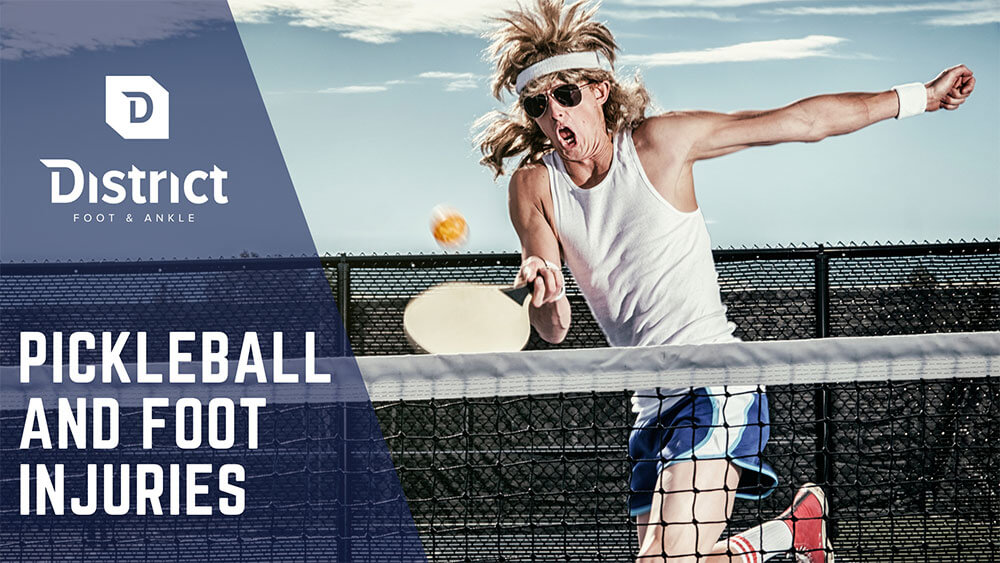Pickleball is a rapidly growing sport that combines elements of tennis, badminton, and table tennis. It is popular among people of all ages, and anyone can learn the basics in no time. But as fun and easy as it might be to start playing pickleball, it’s important to be aware of some common foot injuries associated with the game. In this article, we will look at what these foot injuries are and how you can prevent them.
The first section will focus on what injuries can occur when playing pickleball. We’ll discuss the most common types of foot injuries, such as ankle sprains, Achilles tendonitis, plantar fasciitis, and stress fractures. We’ll also explore how each injury occurs and what symptoms to look out for.
Lastly, we’ll cover preventative measures you can take to protect your feet from injury while playing pickleball. This includes stretching before and after playing and wearing proper shoes that are designed for pickleball play. By taking these precautions, you can enjoy the game without any worries about getting injured. So let’s get started!
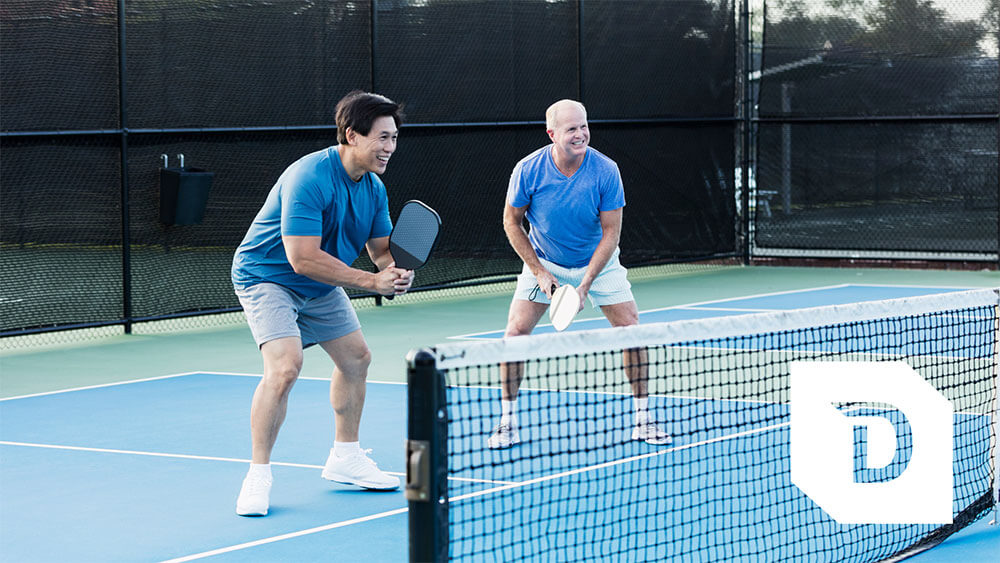
Types Of Foot Injuries In Pickleball
Playing pickleball can be a great way to stay active and have fun, but it also carries risks of injury. Foot injuries are the most common type of pickleball-related injuries, so it’s important to understand what they are and how to prevent them.
The most common foot injury in pickleball is ankle sprains. These occur when the ankle rolls in the wrong direction, typically due to rapid changes in direction during play. An inversion sprain is the most common type of injury to the ankle. The outer/lateral ankle ligaments are put under stress and can either stretch, partially tear or completely rupture. Strains, which involve overstretching or tearing of muscles and tendons, can also happen when players pivot quickly or lunge for the ball. Plantar fasciitis is another common injury from playing pickleball; this occurs when the feet are overused over time and results in pain in the heel and arch area.
To reduce your risk for these foot injuries, make sure you wear supportive shoes with good traction to give your feet extra stability on the court. Additionally, warm up before playing and take breaks during long games to prevent overuse injuries. Strengthening exercises can also help make your ankles stronger so they’re better able to cope with sudden movements during gameplay.
By taking these steps you can enjoy pickleball without being sidelined by a foot injury!

Causes Of Foot Injuries In Pickleball
When it comes to foot injuries in pickleball, there are several common causes. The first is inadequate footwear. The wrong type of shoes can cause a range of injuries due to lack of support and cushioning, such as plantar fasciitis, stress fractures, tendonitis, and ankle sprains. Improper warm-up and stretching can also lead to injury. Players should ensure they properly prepare their bodies for the game by doing some light stretching before playing and wearing supportive sneakers or court shoes.
Another potential cause of foot injuries in pickleball is poor technique or posture when playing. Poor technique can put extra strain on certain muscles and joints, leading to injuries such as heel spurs or shin splints. It’s important to ensure correct body alignment is maintained during play – from the feet all the way up to the shoulders – in order to reduce the risk of injury.
Finally, improper rest periods may also contribute to an increased risk of foot injury while playing pickleball. Taking regular breaks during games helps give the body time to recover from any fatigue that has built up over time, enabling players to continue playing at their best without risking injury. It’s essential that players take sufficient rest times between matches or sessions in order to keep their bodies well-rested and healthy.
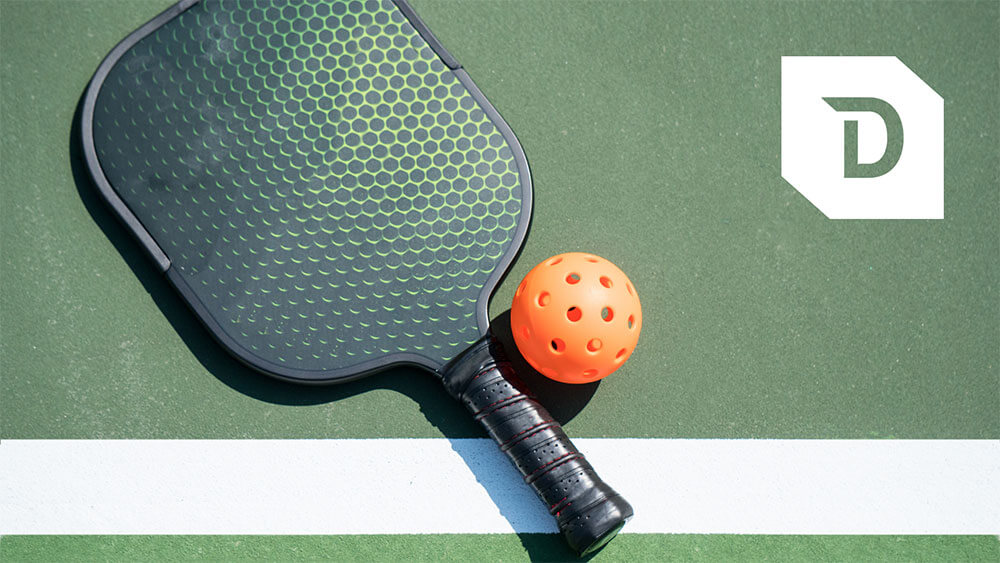
Treatment Of Foot Injuries In Pickleball
Treatment for foot and ankle injuries related to pickleball can vary depending on the type and severity of the injury. It’s important to get an accurate diagnosis from a medical professional to determine the best course of action. Common treatments typically involve rest, ice, compression, elevation, and physical therapy exercises.
Resting helps provide time for the injury to heal while reducing inflammation. Ice should be applied regularly throughout the day as it helps reduce swelling and pain. To improve circulation, compression wraps or bandages can be used around the affected area and are often combined with elevation of the affected limb above heart level.
Physical therapy exercises should be tailored to everyone’s injury and can include stretching and strengthening exercises that target specific muscles, such as those in the feet and lower legs. Strengthening exercises help increase muscular stability in order to reduce risk of future injuries. All exercise should be done slowly and carefully according to instructions from a physical therapist or doctor.
With proper care, most foot injuries related to pickleball can heal within a few weeks or months if treated correctly. It’s important for players to take steps towards prevention by properly warming up before games and wearing supportive shoes with adequate cushioning when playing on hard surfaces.
For many of these conditions, it is important to be formally evaluated by a foot and ankle specialist to assess the severity of the injury. Additionally, some advanced measures and treatments can be put into place to potentially expedite your recovery. An example would be radial shockwave treatment. This is a noninvasive treatment very helpful for a variety of orthopedic conditions like Planter fasciitis and Achilles tendinitis.
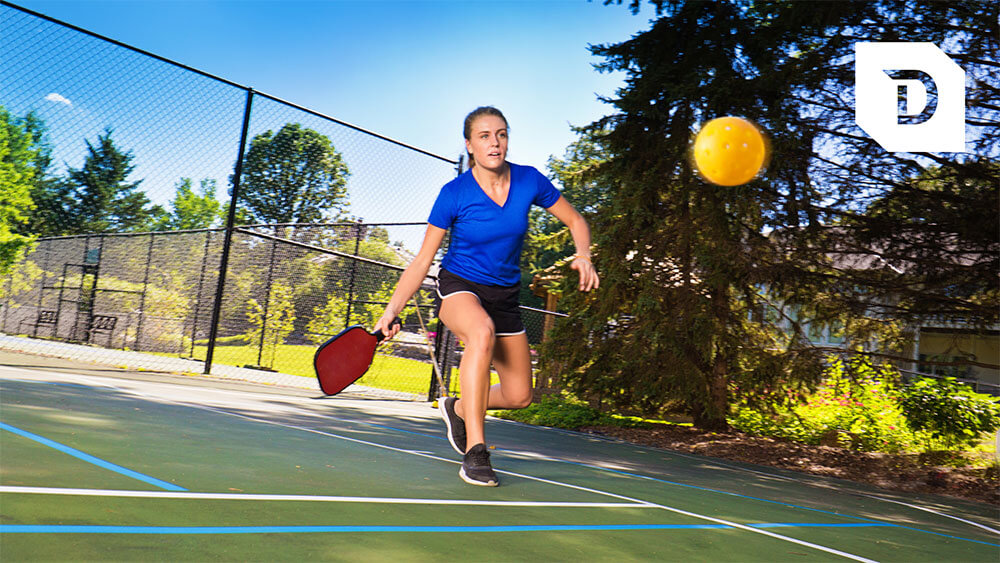
Prevention Of Foot Injuries In Pickleball
Preventing foot injuries in pickleball is important for athletes to stay healthy and active. Knowing how to reduce the risk of injury in this sport can help players enjoy their time on the court. So, what steps can be taken to avoid these common foot injuries?
First and foremost, having the right footwear is key when it comes to preventing foot injuries in pickleball. Shoes should have good cushioning and support for the feet, as well as proper traction that won’t slip on the court surface. Additionally, taking breaks during long pickleball sessions will give your feet a chance to rest and recover between games. This can help reduce strain on your feet from excessive use of them during a session.
Finally, stretching before and after pickleball games is important for keeping muscles limber and flexible. Stretching helps loosen up the muscles around your feet and can reduce the risk of developing an injury while playing. Furthermore, increasing strength in your lower body with exercises like squats or lunges will also help prevent any unwanted foot issues while playing this game.
By making sure you have proper footwear, taking breaks during play, stretching regularly, and strengthening lower body muscles, you’ll be well on your way to avoiding common foot injuries associated with pickleball.
Overuse Injuries In Pickleball
When playing pickleball, it’s important to be aware of potential overuse injuries. These injuries occur when the same muscles are used repetitively without proper rest or stretching. Common foot injuries from pickleball can include stress fractures, tendonitis and plantar fasciitis.
Stress fractures are small cracks in bones caused by overuse and repetitive motion. This type of injury is common in athletes who play sports with a lot of running and jumping, such as basketball or soccer. In pickleball, the constant running back and forth can cause stress fractures in the feet if proper precautions aren’t taken.
Tendonitis is inflammation of the tendons that attach muscle to bone. It often occurs when a person pushes their body beyond its limits and moves too quickly without enough rest or stretching between plays. In pickleball, this could be caused by sudden stops, starts and turns which put extra strain on the feet and ankles. Plantar fasciitis is another common foot injury resulting from overuse during activities such as pickleball that involve lots of running. It’s an inflammation of the tissue connecting the heel bone to the toes which results from excessive pressure on the heels during play.
It’s important for players to take steps to protect themselves against these injuries while enjoying their game of pickleball. Wearing supportive shoes that fit well, stretching before playing and taking regular breaks throughout a match can help prevent overuse injuries in the feet and ankles while keeping your body healthy for future games!
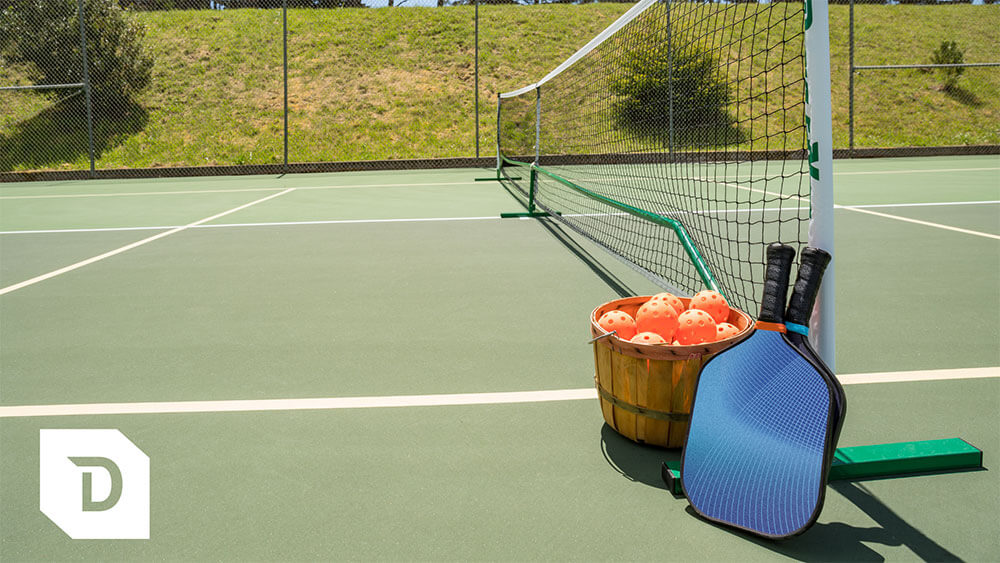
Plantar Fasciitis In Pickleball
Plantar fasciitis is one of the most common foot injuries among pickleball players. This overuse injury occurs when the plantar fascia, a band of tissue that runs along the bottom of the foot, becomes strained and inflamed due to excessive strain and stress. It’s typically caused by intense physical activity or sudden changes in intensity or duration of play.
Common symptoms include heel pain, especially when first stepping out of bed in the morning, as well as arch pain and tenderness. If you’re experiencing these problems while playing pickleball, it’s important to rest your feet and seek medical advice as soon as possible. Stretching exercises can also help reduce symptoms and prevent further damage to the area.
When returning to pickleball after being diagnosed with plantar fasciitis, wear supportive shoes with proper cushioning and make sure that you warm up properly before each game. Pay close attention to any sensations of pain during play and take regular breaks if needed. With proper care and rest, you’ll be back on court in no time!
Stress Fractures In Pickleball
Stress fractures, while not as common as plantar fasciitis in pickleball, can still occur. These types of injuries are caused by repetitive stress on a particular bone or tendon, often from overuse.
The most common type of stress fracture in pickleball is found in the bones of the foot, specifically the metatarsals. Other areas where stress fractures can occur include the tibia and fibula in the lower leg. Symptoms typically include pain at the site of injury when pressing on it, swelling and tenderness around the affected area and difficulty walking or running.
It’s important to recognize signs of a stress fracture early so that you can get treatment before it becomes worse. Resting, icing and elevating your foot are good ways to mitigate symptoms until you can see a doctor for more definitive care. If left untreated, a stress fracture can become worse and may even require surgery to repair it.
Ankle Sprains In Pickleball
Ankle sprains are one of the most common foot injuries that can result from playing pickleball. They occur when the ankle is twisted or rotated, causing damage to the ligaments. This type of injury commonly results from sudden changes in direction or quick stops and starts during a game. It can also be caused by not properly warming up before playing and by wearing shoes with inadequate support.
Treatment for ankle sprains typically involves rest, ice, compression, and elevation (RICE). These steps can help reduce swelling and inflammation while also providing relief from pain. In some cases, medications such as ibuprofen or acetaminophen may be recommended to help manage discomfort. Additionally, physical therapy may be prescribed to strengthen muscles around the joint as well as improve flexibility and range of motion.
When recovering from an ankle sprain, it’s important to avoid any activity that causes pain or discomfort until fully healed. Once ready to resume pickleball activities, taking precautions such as stretching before playing and wearing supportive shoes can help reduce the risk of future injury.
Achilles Tendonitis In Pickleball
Achilles tendonitis is a common injury sustained while playing pickleball. It occurs when the Achilles tendon, the band of tissue that connects the calf muscle to the heel bone, becomes inflamed due to overuse. This is most often caused by sudden and repetitive movements such as running and jumping during play. Symptoms include pain along the back of the leg near the heel, swelling, stiffness, and difficulty flexing the foot.
Treating Achilles tendonitis requires rest and sometimes anti-inflammatory medications to reduce swelling and pain. Physical therapy can help strengthen weakened muscles in order to prevent re-injury. Ice packs should also be applied frequently to reduce inflammation in the affected area. In severe cases, surgery may be necessary to repair any tears or ruptures in the tendon.
To prevent Achilles tendonitis from occurring in pickleball players, it is important for them to warm up before play and stretch afterwards. Players should also avoid overtraining by taking frequent breaks throughout a game. Additionally, proper footwear with adequate cushioning is essential for shock absorption and reducing stress on the Achilles tendon.
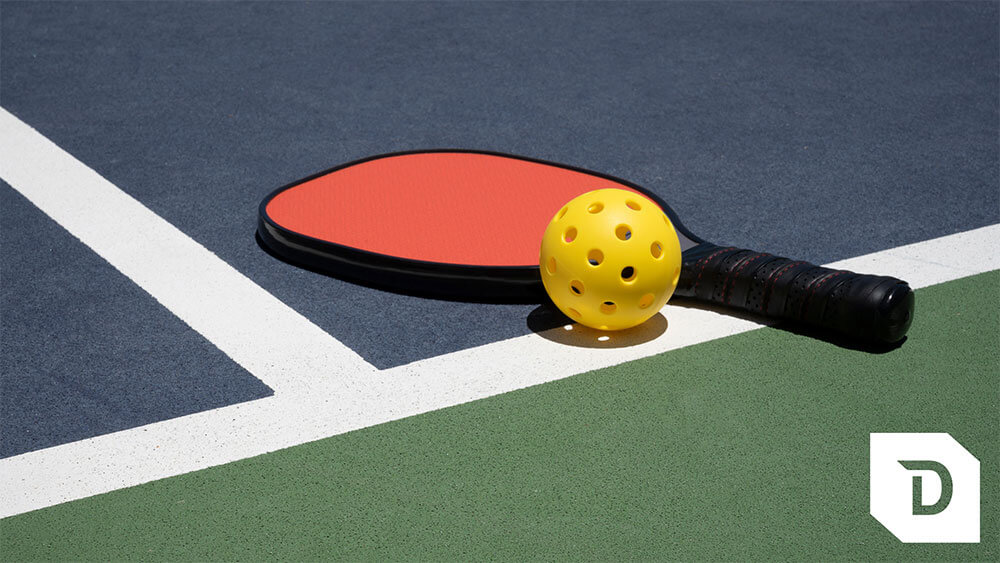
Metatarsalgia In Pickleball
Metatarsalgia is a common foot injury in pickleball players. It occurs when the metatarsal bones of the feet become inflamed and painful, resulting in pain in the ball of the foot. This injury can be caused by overuse or sudden trauma, such as when a player pivots or twists their foot during play. It can also result from wearing ill-fitting shoes or having an abnormal pattern of gait.
Treatment for metatarsalgia includes rest, ice, stretching and strengthening exercises, and supportive footwear. Players should avoid activities that cause pain until their condition improves. In some cases, orthotics may be recommended to provide additional support and cushioning for the feet. Some athletes have found relief with physical therapy or acupuncture as well.
In order to prevent metatarsalgia from occurring again, it is important to wear shoes that are proper fitting and provide adequate arch support. Doing warm-up exercises before playing pickleball can help loosen muscles in the feet and prevent further injury too. Regular stretching throughout the day can also help reduce tension around the foot area, keeping it flexible and healthy.
Neuromas In Pickleball
Neuromas in pickleball can be a common injury, especially among players who are not used to the game. A neuroma is a painful condition that affects the nerves between the toes. It’s caused by wearing shoes that don’t fit properly or by constantly hitting your toes on the court during play. Neuromas can cause swelling, numbness, tingling and burning sensations in the affected area.
Players with existing foot conditions may be more prone to neuromas. Flat feet, high arches and bunions can all increase the risk of developing this condition while playing pickleball. It’s important to wear supportive shoes that fit correctly and cushion your feet for maximum protection against any type of foot injury during play.
If you experience any of these symptoms, it’s best to take a break from playing pickleball and seek medical advice from your doctor or podiatrist as soon as possible. Wearing appropriate footwear and taking breaks when needed will help you stay healthy and reduce the risk of developing neuromas while playing pickleball.
Tips For Avoiding Foot Injuries In Pickleball
Foot injuries are common in pickleball, but there are ways to avoid them. Knowing the right type of shoes for pickleball is just the beginning. There are also other precautions to take that can help reduce the risk of injury.
One important tip is to warm up before starting a game. Doing some light stretching and jogging will help get your muscles warmed up, as well as increase blood flow throughout your body. Additionally, it’s important to stay hydrated during play and take regular breaks when needed. This will keep you from overexerting yourself which can lead to muscle fatigue and soreness.
Finally, consider wearing ankle supports or braces if you have existing foot problems or tendonitis. These can provide extra support while playing and prevent further injury. Additionally, they can be helpful in preventing a rolled ankle if you step on an uneven surface or trip over a ball during play. Taking these steps will help ensure that you stay safe while enjoying the game of pickleball!
Conclusion
By following the proper footwear, warm-up and stretching routine, and adhering to good technique while playing pickleball, you can help avoid many of the most common foot injuries. Always consult with a medical professional if you experience any persistent pain in your feet while playing pickleball.
Metatarsalgia and neuromas are two of the most commonly reported foot injuries in pickleball players. These conditions can be caused by factors such as overuse, improper technique, or wearing inadequate footwear. Acknowledging these risk factors can help you take steps to avoid them in the future. Overall, foot injuries are a common occurrence in pickleball players due to the physical nature of the sport. By understanding the causes of these injuries and taking steps to prevent them, you can play pickleball with less risk of developing an injury.

